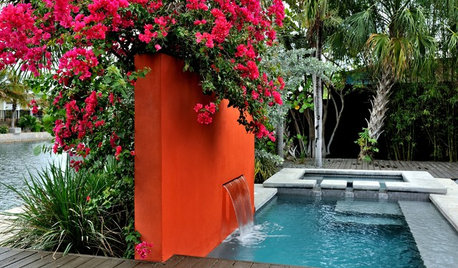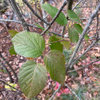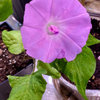Ipomoea nil buds fail to open
true_blue
9 years ago
Related Stories

GARDENING GUIDES8 Flowering Vines to Plant for Nonstop Summer Blooms
Bursting with colors ranging from fiery red to purple, these showy climbers will carry your garden through summer
Full StorySponsored
More Discussions









ron_convolvulaceae
true_blueOriginal Author
Related Professionals
Holly Springs Landscape Architects & Landscape Designers · Essex Landscape Architects & Landscape Designers · Forest Acres Landscape Architects & Landscape Designers · Mountain Brook Landscape Architects & Landscape Designers · Richmond Heights Landscape Architects & Landscape Designers · Belmont Landscape Contractors · Hickory Hills Landscape Contractors · Lemont Landscape Contractors · Milton Landscape Contractors · Ringwood Landscape Contractors · Roswell Landscape Contractors · Streamwood Landscape Contractors · Wanaque Landscape Contractors · North Aurora Landscape Contractors · Melvindale Stone, Pavers & Concretetrue_blueOriginal Author
ron_convolvulaceae
true_blueOriginal Author
ron_convolvulaceae
true_blueOriginal Author
true_blueOriginal Author
true_blueOriginal Author
ron_convolvulaceae
true_blueOriginal Author
ron_convolvulaceae
true_blueOriginal Author
ron_convolvulaceae
Gerris2 (Joseph Delaware Zone 7a)
true_blueOriginal Author